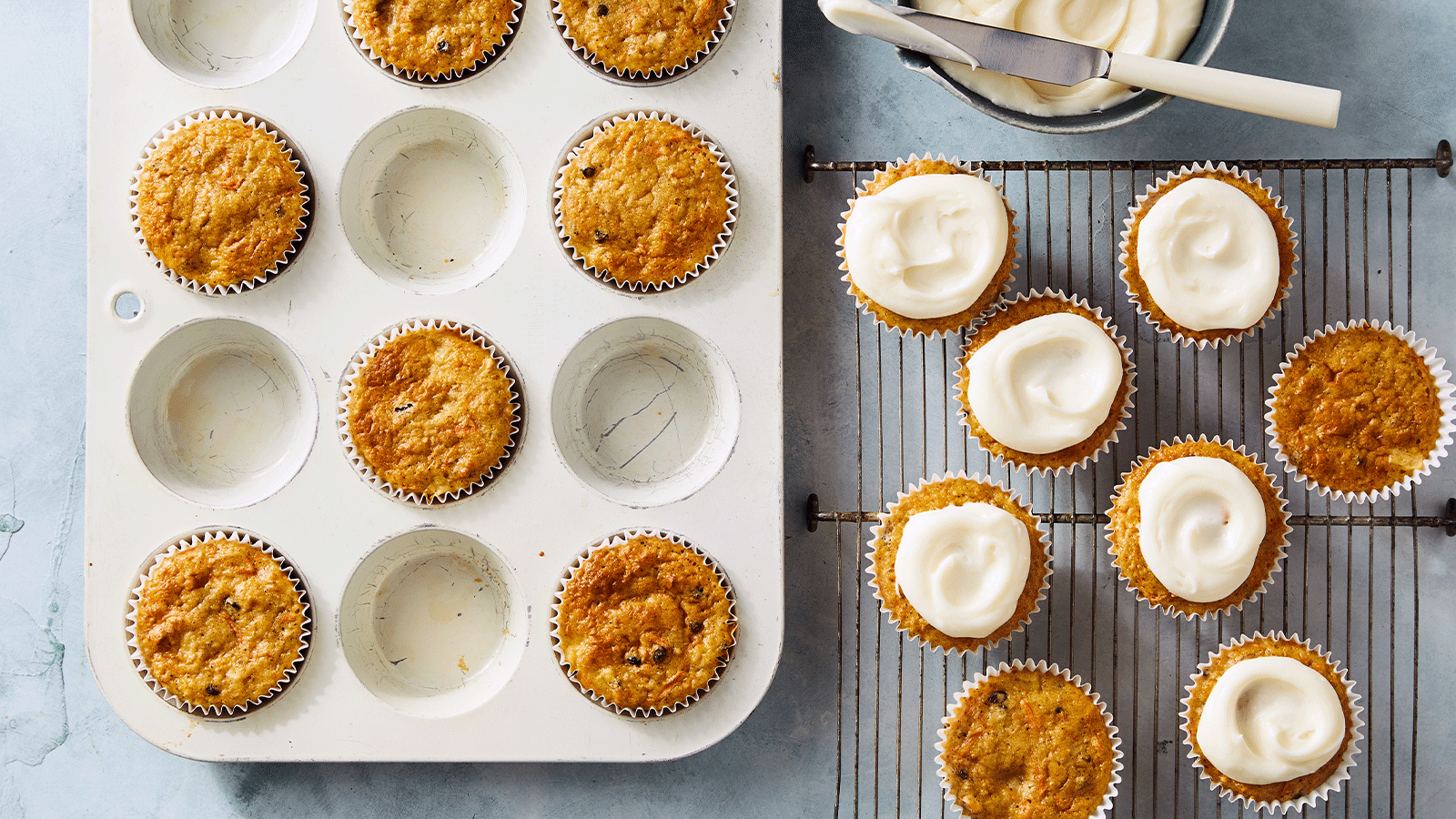What you need to know about sugar


What is sugar?
Sugar is a type of carbohydrate found naturally in foods like fruit and milk, and it is also commonly added to a wide range of processed foods. Consuming excessive amounts of added sugar can lead to various health issues, including obesity and tooth decay. A study conducted in the United States revealed that a diet high in sugar may increase the risk of dying from heart disease, even in individuals who didn't have overweight or obesity. Additionally, high sugar intake can contribute to inflammation, insulin resistance, and an increased risk of developing type 2 diabetes. Reducing sugar consumption can be beneficial for overall health and can help prevent these serious conditions.
How much do we eat?
Added sugars refer to sugars that are added into foods during processing or preparation. Free sugars encompass all added sugars as well as sugars naturally found in fruit juice, honey, and syrups. In contrast, the sugars naturally occurring in whole foods like fruits and unflavoured milk are not categorised as free sugars.
According to the Australian Bureau of Statistics, the average Australian consumes 67 grams of free sugar per day, which equates to 12.3 per cent of all dietary energy from food and non-alcoholic beverages. Of the sugars we eat, over 80 per cent are from processed discretionary foods—soft drinks, juices, cakes, confectionery and sports drinks are the main culprits.
This figure exceeds the World Health Organization (WHO) guidelines which recommend that free sugars should make up less than 10 per cent of the total dietary energy intake for both children and adults. For an adult Australian consuming 8700kJ a day, this means no more than 55 grams or 13 teaspoons of sugar a day. WHO also says a reduction to below 5 per cent a day would provide additional health benefits.
Types of sugars
There are many different kinds of sugar. Simple sugars (monosaccharides) include glucose, fructose and galactose. Double sugars (disaccharides) include sucrose, or table sugar, maltose and lactose, the sugar in milk. Disaccharides are broken down in the body into simple sugars such as glucose and fructose.
Sugar, honey, syrups, and nectars
It’s no surprise that humans have a preference for sweet foods – in fact, for centuries we’ve been foraging for honey and berries to satisfy our sweet tooth. Nowadays, sugars and sweeteners come in many different forms with an ever-expanding range at the supermarket. Foods with naturally occurring sugars, like dairy foods with lactose and fruit with fructose, contain important nutrients that our bodies need—these are not the kinds of sugars we’re concerned about. The real focus should be on reducing our consumption of food and drinks that are high in added sugar. If you choose, you can switch to a sugar alternative in some places. Here’s what you need to know about some of these options.
Consuming food or beverages that are high in added sugar may lead to higher kilojoule intake. Plus, these foods often take the place of more wholesome foods such as fruits, vegetables, dairy, and wholegrains. There’s a link between the consumption of sugar-sweetened beverages (like soft drink and cordials) and increased risk of weight gain in adults and children. However, sugar and other natural sweet sources, such as maple syrup, are not bad for you if you only have a little sprinkle or drizzle here and there. It’s important to note, however, that a sugar is a sugar and replacing table sugar with honey doesn’t do anything to lower the Points value.
Palm sugar/coconut sugar
What is it? A natural substance produced from the sap of palm or coconut trees. Perfect in Asian cooking such as Thai curries, it balances the flavours of salty fish sauce or spicy chilli.
Remember: These sugars are no healthier than regular table sugar and both have a similar Points value.
Honey
What is it? A natural substance made by bees. The subtle flavour of honey differs between leatherwood and eucalyptus varieties and depends where the bees have gathered their nectar. You may have heard about the health benefits of manuka honey, but more scientific evidence is needed to support these medicinal claims.
Remember: No matter the type of honey, it still has 2 Points per teaspoon.
Agave nectar (syrup)
What is it? Produced from agave plants, Mexico’s famous succulent used to make tequila, agave nectar is one and a half times sweeter than sugar, so you can use less. It’s popular as a vegan alternative to honey in cooking.
Remember: The health claims of desserts, bliss balls and raw brownies made with agave nectar may be misleading as the total sugars and Points can be as high as table sugar.
Brown rice syrup
What is it? A natural substance made by fermenting brown rice into a syrup. It has a rich caramel flavour that’s perfect for drizzling on pancakes or using in baking.
Remember: Popular diets that cut out sugars or fructose often recommend replacing it with rice malt syrup or brown rice syrup. However, be aware that the glycaemic index of these products is very high (GI=98) and should be used sparingly.
